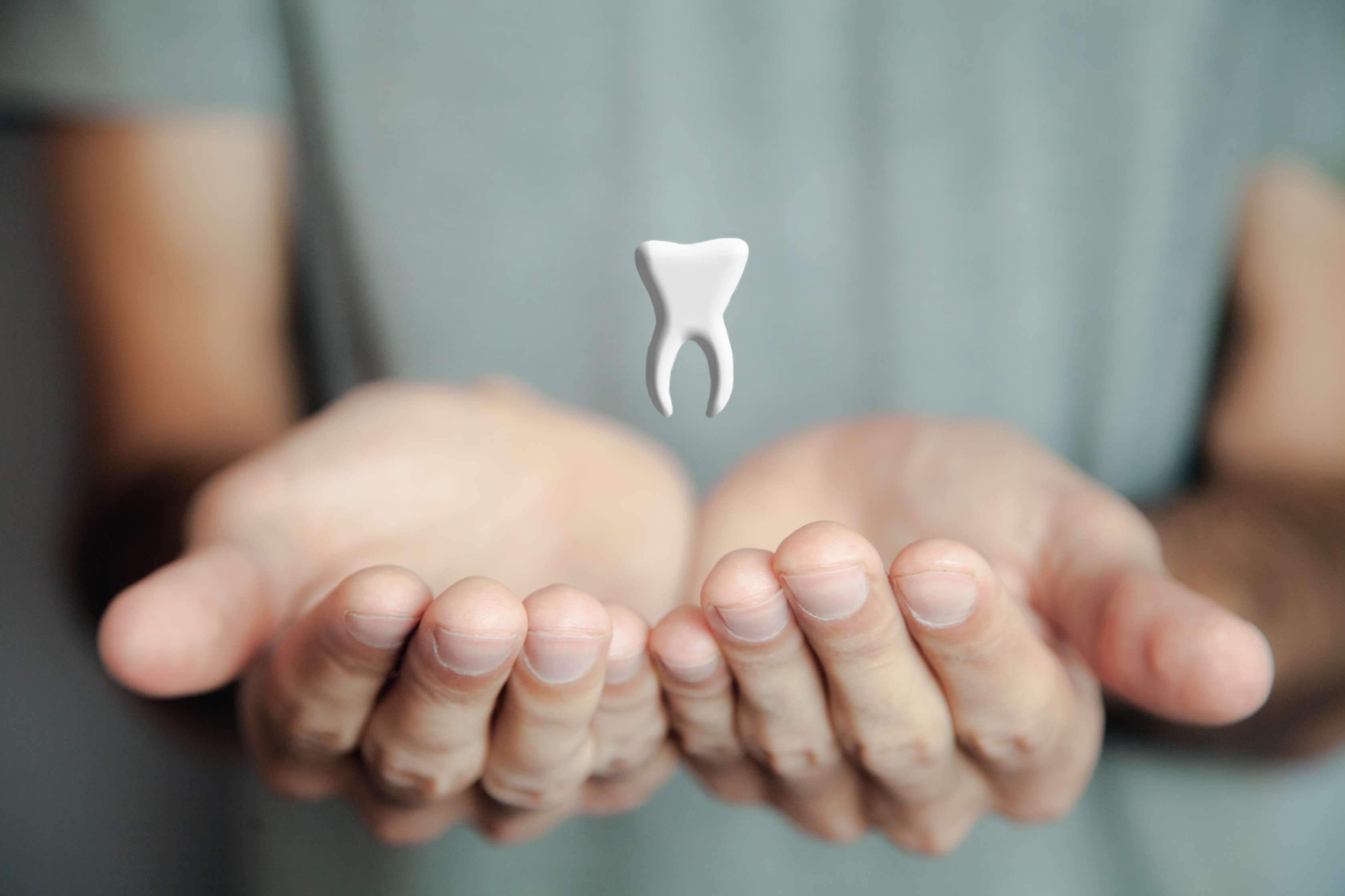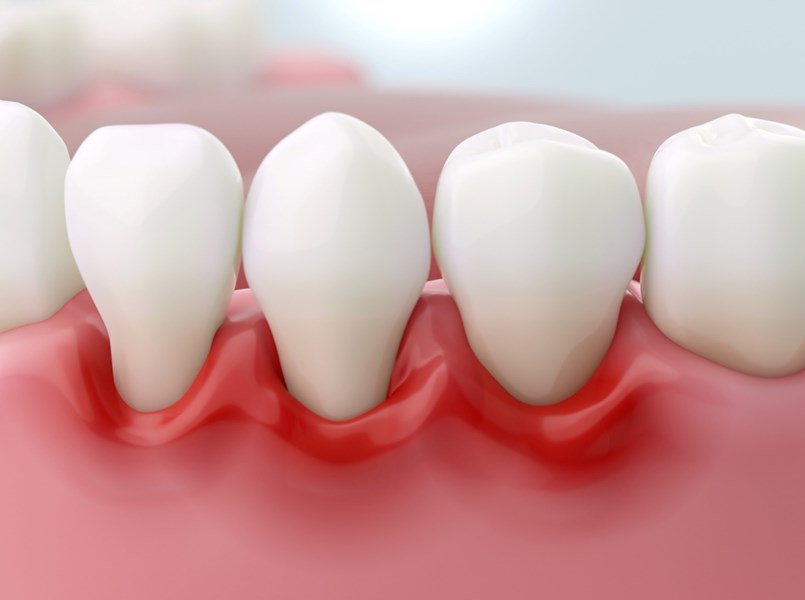

The term “parodontosis” are often used in everyday language, but neither is technically accurate. In dentistry, we use the term periodontitis to precisely describe a chronic inflammatory disease that affects the gums, bone, and other supporting tissues that hold the tooth in the jaw.
“Parodontosis” is an outdated term that does not refer to any specific diagnosis. It was once used for similar conditions, but today it is no longer in use because it doesn’t describe active inflammation or its cause.
In practice, when someone says they have “parodontosis,” they are most likely referring to periodontitis. This is a disease caused by bacteria in dental plaque that triggers inflammation, damages supporting tissues, and, if left untreated, leads to gradual tooth loss.
That’s why it’s important to use the correct term - periodontitis - because it clearly defines the nature of the disease and opens the way to proper treatment.
There is no single “best cure” for periodontitis, because this disease cannot be treated with a tablet or antiseptic rinse - it is treated with therapy that involves thorough cleaning of tartar, removing the cause of inflammation, and long-term control of the condition.
The key to success is not a miracle pill or mouthwash, but comprehensive professional cleaning of teeth and roots, along with educating the patient about proper oral hygiene. This includes:
Mouth rinses (such as chlorhexidine) may be helpful in the early stages of therapy, but they are not a substitute for professional treatment. The same goes for natural remedies - they cannot stop bone loss.
So, the best “cure” for periodontitis is a structured therapy under the guidance of a dentist and consistent care with daily oral hygiene. This is the only way to slow down disease progression and preserve your teeth.